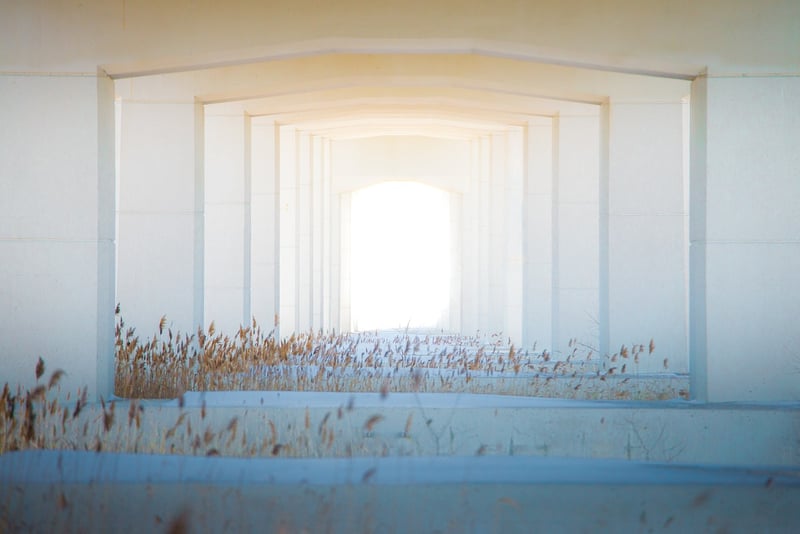Bridge Structures
The Meaning Behind Zen Garden Elements and Bridge Structures
Zen Garden Elements
Zen gardens, also known as Japanese rock gardens or dry landscape gardens, are designed to promote tranquility, meditation, and contemplation. Each element in a Zen garden holds symbolic meaning, contributing to the overall harmony and balance of the space.
Raked Gravel or Sand
The raked gravel or sand in a Zen garden represents water or the ocean. Ripples created by raking symbolize the flow of water, bringing a sense of movement and fluidity to the garden.
Stones
Stones are key elements in Zen gardens, representing mountains or islands. They are carefully placed to evoke a sense of natural landscapes and can symbolize stability, strength, and endurance.
Bamboo and Wooden Structures
Bamboo and wooden structures, such as fences or gates, are common in Zen gardens. These elements symbolize simplicity, natural beauty, and the impermanence of life.
Bridge Structures
Bridges are essential features in traditional Japanese gardens, including Zen gardens. They not only serve a practical purpose of connecting different areas but also hold symbolic significance.
Arched Bridges
Arched bridges, often made of wood or stone, symbolize the journey from the mundane to the sacred. Crossing a bridge in a garden signifies a transition or transformation, leading to a new perspective or state of mind.
Flat Bridges
Flat bridges, typically made of stone slabs or stepping stones, represent stability and balance. They provide a path for contemplation and mindfulness, inviting visitors to slow down and appreciate the beauty of the surroundings.
By understanding the symbolism behind Zen garden elements and bridge structures, visitors can engage more deeply with these serene spaces and appreciate the artistry and mindfulness that went into their creation.


